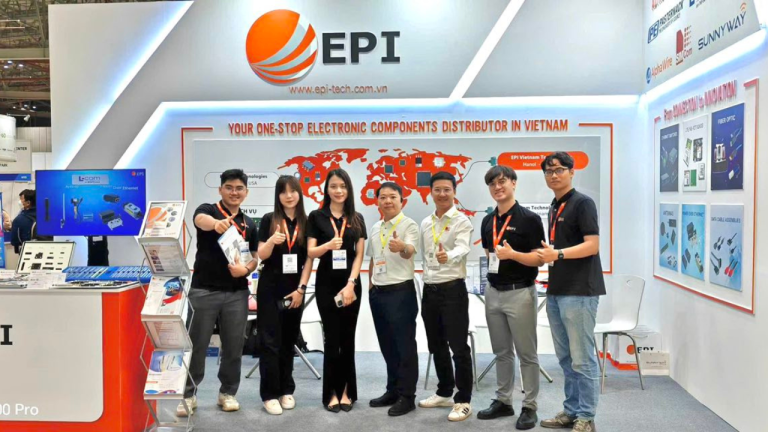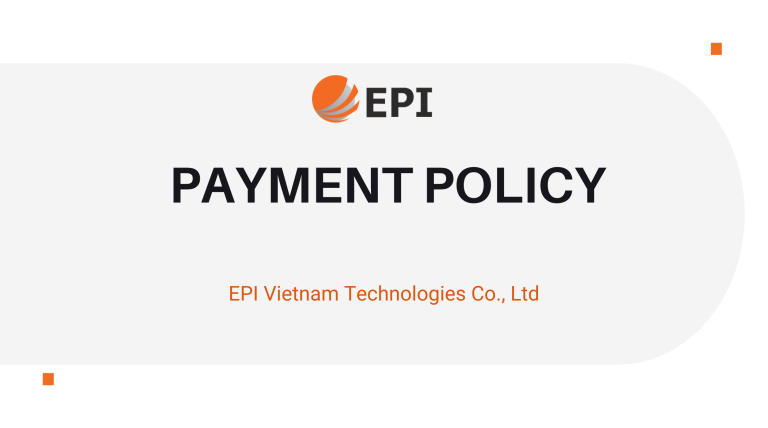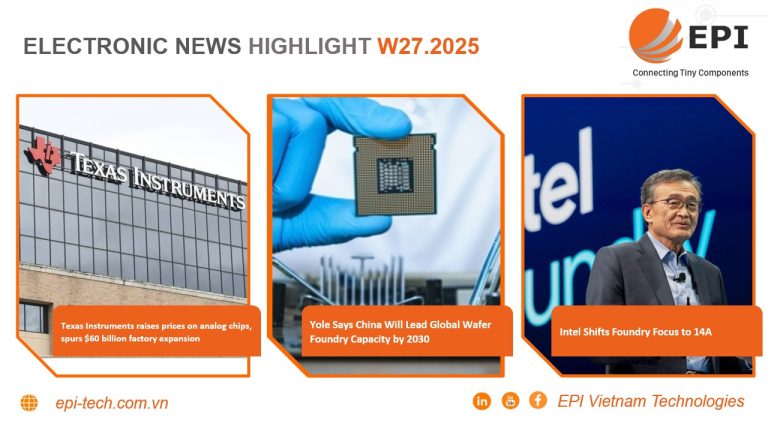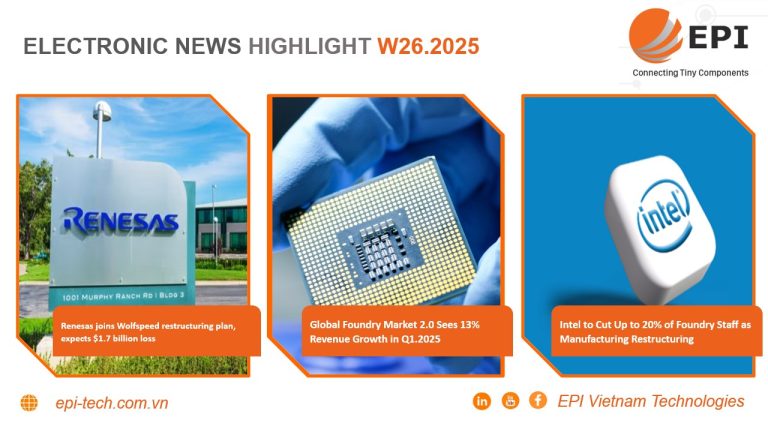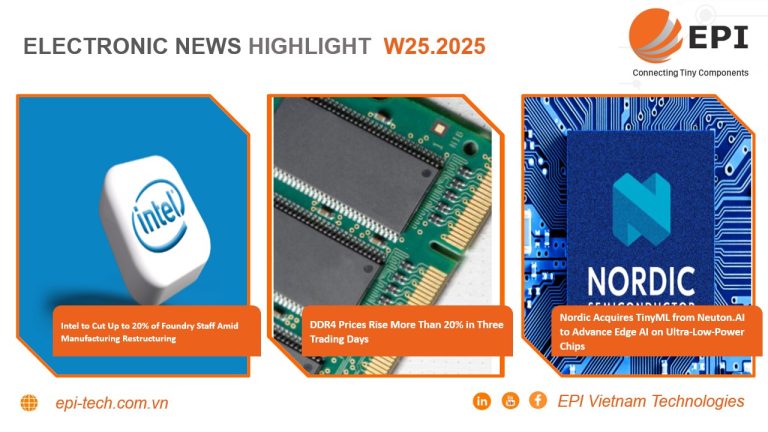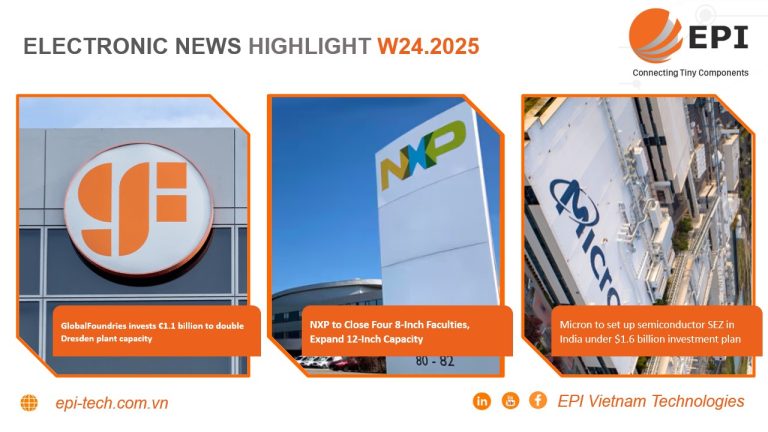ELECTRONIC NEWS HIGHLIGHT W04.2025
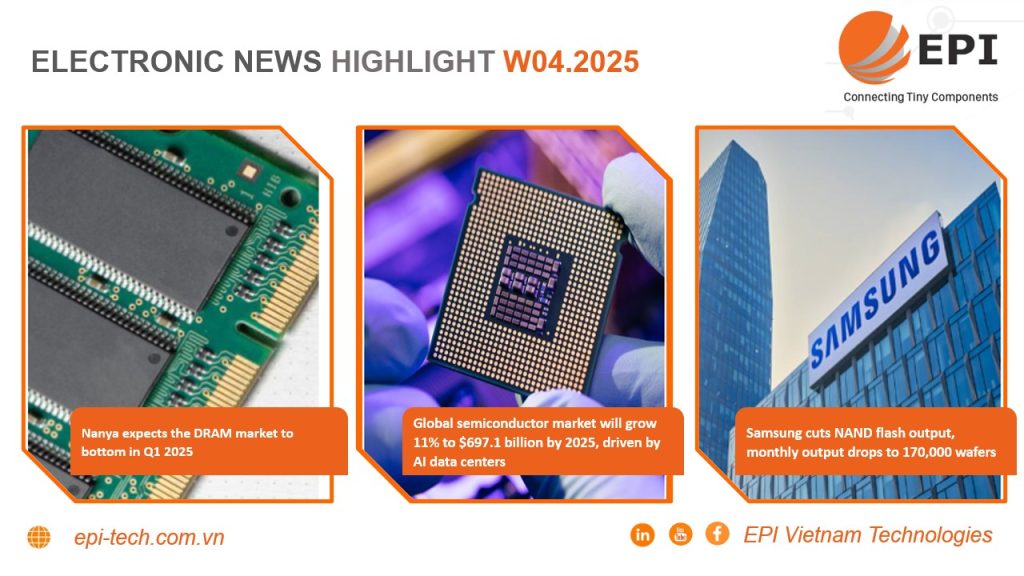
1. Nanya expects the DRAM market to bottom in Q1.2025
DRAM manufacturer Nanya Technology that the DRAM market could bottom out in the first half of 2025, with a gradual recovery expected starting in the second quarter due to measures to stimulate regional economic growth.
Nanya emphasized that demand for AI-driven DRAM in cloud data center servers continues to grow. Additionally, AI computing is expected to expand to end-use applications such as AI PCs, AI smartphones, and AI robots. However, demand for improvements in PCs, smartphones, and consumer electronics in general remains limited.
Nanya noted that overall DRAM output will increase in 2025, with new capacity mainly focused on HBM high-bandwidth memory and DDR5 products. Meanwhile, inventory clearance for conventional DRAM DDR4, LPDDR4, DDR3 is still underway.
According to a recent report by market research firm TrendForce, the DRAM market is expected to see significant price declines in the first quarter of 2025, with PC DRAM prices likely to decline by 8%-13%.
Learn more: Nanya expects the DRAM market to bottom in Q1.2025
2. Global semiconductor market will grow 11% to $697.1 billion by 2025, driven by AI data centers
Analysts predict that the global semiconductor market will reach $697.1 billion by 2025, growing 11% year-on-year, primarily driven by strong demand for supporting data centers. AI, while demand for electric vehicles and smartphones remains relatively sluggish.
Increased investment by major US technology companies in AI data centers, such as Microsoft’s planned $80 billion investment by fiscal 2025, is a key growth driver. Demand for GPUs and high-bandwidth memory (HBM) is especially notable. According to Statista, the global GPU market is expected to grow to $270 billion by 2029, while the HBM market is expected to triple to $100 billion by 2030.
Oversupply in the PC and smartphone sectors may ease in the second quarter of 2025, as inventory adjustments for smartphone chips end and demand for devices with the AI generation increases, the smartphone chip market is expected to improve in the second half of the year.
Overall, the continued development of AI technology in data centers and end-use applications remains the key driver of semiconductor market growth, while the recovery of the traditional market is likely to takes more time.
Learn more: Global semiconductor market will grow 11% to $697.1 billion by 2025, driven by AI data centers
3. Samsung cuts NAND flash output, monthly output drops to 170,000 wafers
Samsung Electronics has reportedly decided to reduce NAND flash output at its Xi’an factory in China. This move is intended to address the global NAND oversupply situation that has led to sharp price drops, thereby ensuring the company’s revenue.
Industry sources said Samsung plans to cut wafer input by more than 10% at the Xi’an facility, reducing monthly wafer output from about 200,000 to 170,000 wafers. In addition, the 12th and 17th production lines at the Hwaseong facility in Korea will also adjust output, further reducing overall capacity.
Samsung initially responded to the NAND oversupply problem in 2023 by significantly cutting wafer inputs, almost halving output to stabilize market prices. As demand recovered, monthly output recovered to about 450,000 wafers. However, the market is once again under pressure due to fierce competition in key areas such as PCs, mobile devices and servers, affecting Samsung’s earnings.
Despite retaining its leading position in the NAND market, Samsung still faces fierce competition from SK Hynix, Micron, Kioxia, Western Digital and China’s YMTC. Notably, SK Hynix plans to gradually increase NAND output 2025, thanks to the strong performance of enterprise SSDs.
Learn more: Samsung cuts NAND flash output, monthly output drops to 170,000 wafers



 English
English  Tiếng Việt
Tiếng Việt 





